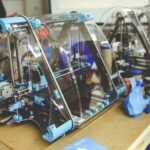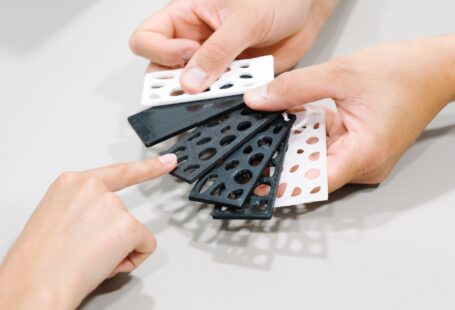The world of industrial 3D printing is rapidly evolving, and one of the biggest advances in this field has been the development of hybrid materials. By combining the best of both traditional and advanced manufacturing materials, engineers are able to create strong, lightweight, and durable parts that can be used in a wide range of industrial applications. In this article, we’ll take a look at how hybrid materials are being used in industrial 3D printing, and explore the advantages they offer.
What are Hybrid Materials?
Hybrid materials are manufactured materials that combine the properties of two or more materials. They are designed to take advantage of the best characteristics of both materials, and are often used to create parts that have properties that would be difficult or impossible to achieve with a single material. Common hybrid materials used in industrial 3D printing include thermoplastics reinforced with carbon fiber, carbon nanotubes, and other nanomaterials.
Benefits of Hybrid Materials in Industrial 3D Printing
By using hybrid materials in industrial 3D printing, engineers are able to create stronger, lighter, and more durable parts. The combination of traditional thermoplastics and advanced nanomaterials allows for more efficient and cost-effective production. The use of hybrid materials also enables engineers to create parts with complex shapes and high levels of detail, which can be used in a wide variety of applications.
Applications of Hybrid Materials in Industrial 3D Printing
Hybrid materials are being used in industrial 3D printing to create parts for a variety of industries, including aerospace, automotive, medical, and manufacturing. For example, hybrid materials are being used to create lightweight parts for aircraft, automotive parts with complex shapes and intricate details, and medical implants with superior strength and durability.
Conclusion
Hybrid materials are playing an increasingly important role in industrial 3D printing, as they allow for the creation of strong, lightweight, and durable parts. By combining the best of both traditional and advanced manufacturing materials, engineers are able to create parts with complex shapes and intricate details that can be used in a variety of industries. As the technology continues to evolve, hybrid materials will become even more widely used in industrial 3D printing, allowing engineers to create even more innovative and advanced parts.





